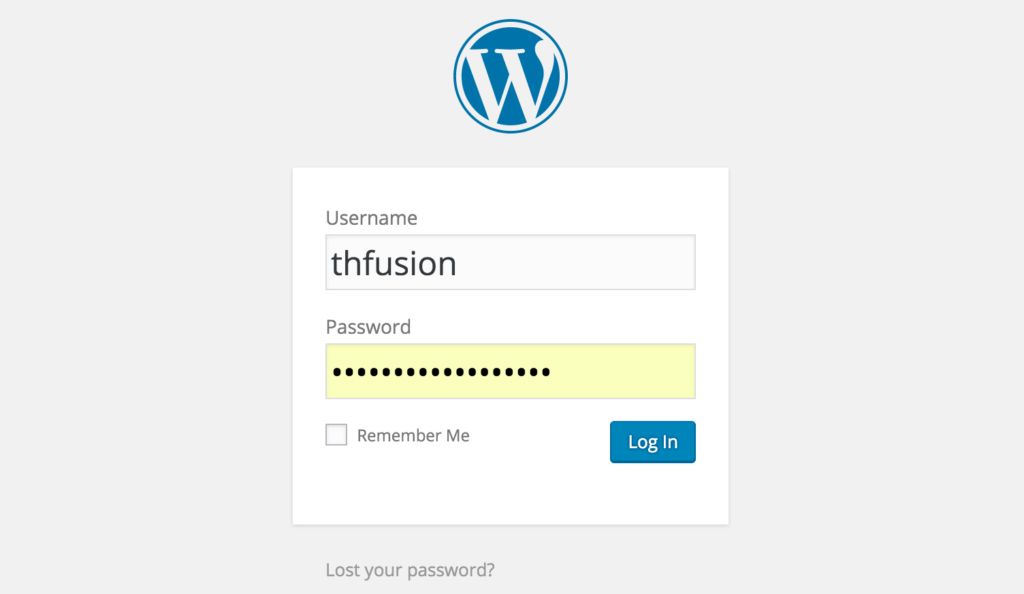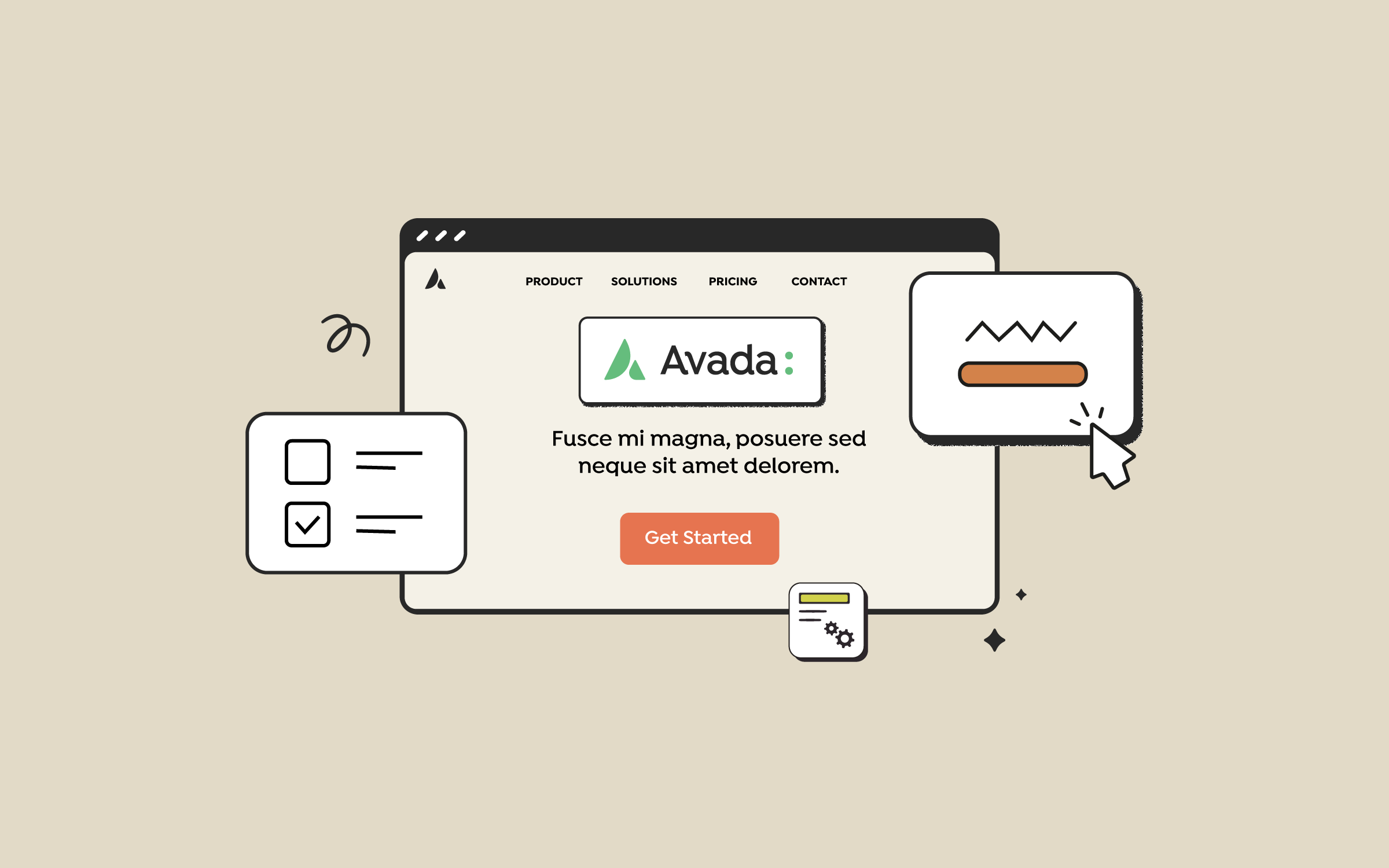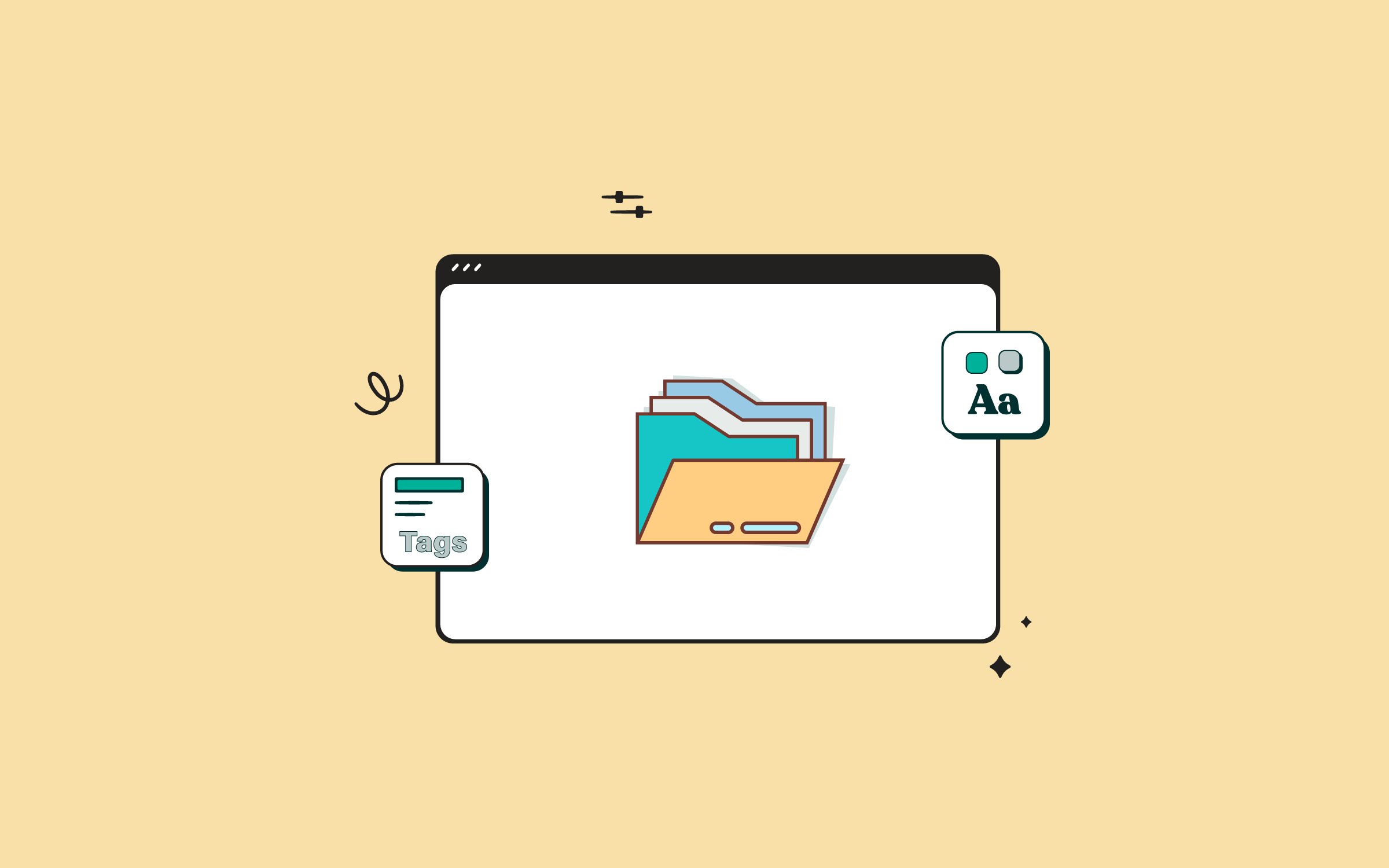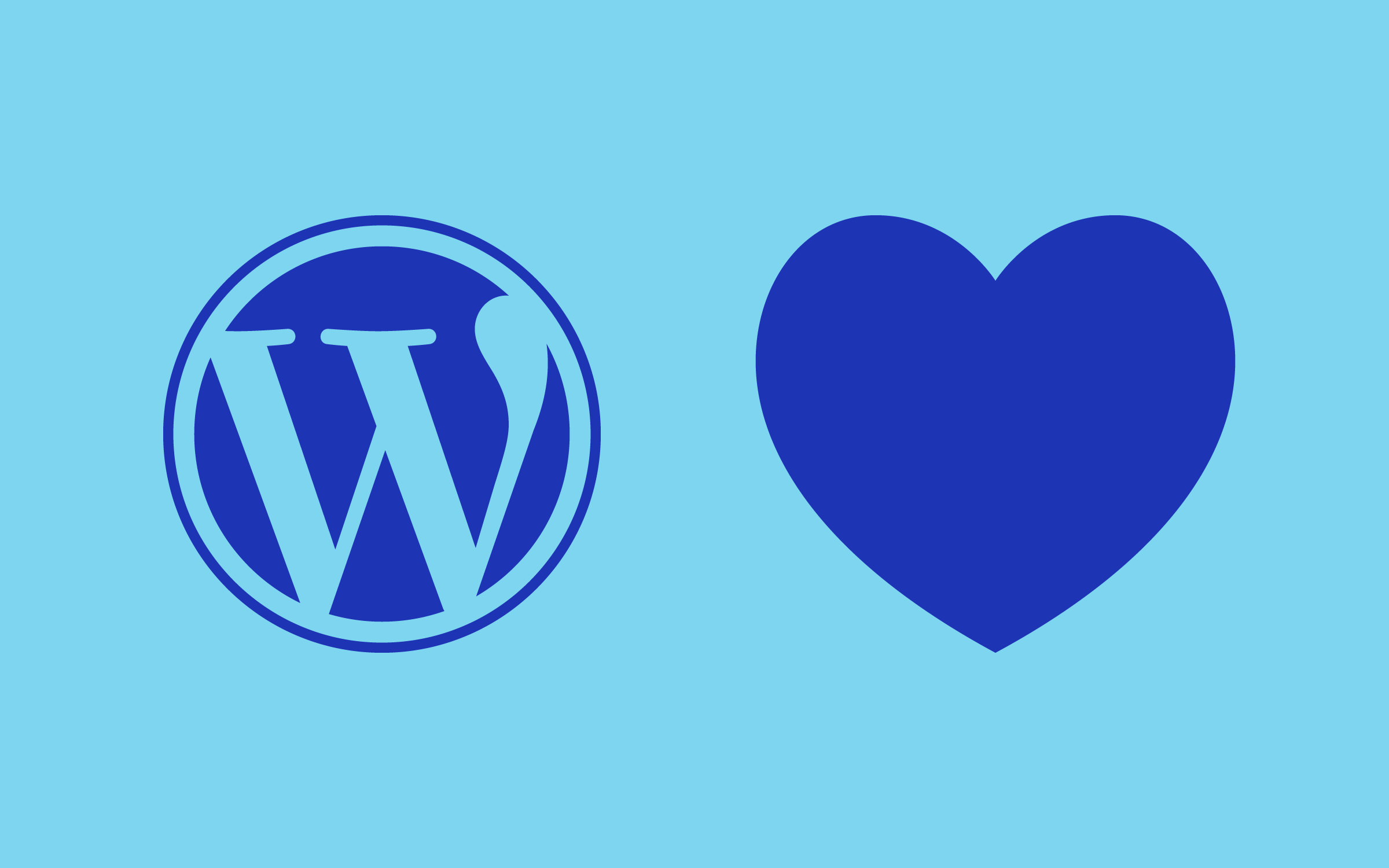Share
With WordPress’ famous one-minute install, it’s tempting to rush in and start your website immediately without a second thought, but without a bit of planning, you may find yourself subject to some costly mistakes as you get up and running.
Since the technical barrier to installing your website is so low, you can spend more time learning about why and how to run your website to avoid paying dearly down the line. In this post, you’ll learn the eight top mistakes and how to avoid them before you click install on your new WordPress site.
Overview
Ignoring Free Educational Resources
One of the reasons WordPress has maintained its popularity is due to the sheer amount of free and widely available support on any variety of topics from ‘beginner blogger’ to ‘advanced developer’.
And while the WordPress community is home to an incredible support network, it’s arguably better to avoid trouble in the first place by getting your technical knowledge of the platform up to an elementary standard at minimum.
How to Avoid This Mistake
It’s simple – take advantage of the educational resources available to you! Here are a few of our favorites:
The above list is a mere scratching of the surface – you can go much further.
Using Insecure Login Credentials
While there are many WordPress security plugins to help you make doubly ensure that your dashboard is safe, the true guardians are your username and password.

Using the default admin username coupled with a weak password could spell disaster; enabling hacker bots to gain access to your site and wreak havoc.
How to Avoid This Mistake
First, try a username other than admin. Choose something you’ll easily remember, but that may not come so naturally to a bot trying to hack in.
Secondly, feel free to take advantage of the password generator that comes installed with WordPress. Not comfortable using a password that you have to store somewhere? Check out XKCD’s post on simple, secure passwords.
Keeping the Default Permalink Structure
The default permalinks provided by WordPress won’t necessarily be right for you. And because permalinks can impact your Search Engine Optimization (SEO) rankings and the usability of your site, they’re worth thinking about!
Permalinks, when structured well, don’t simply provide useful information about what information can be found in the post (therefore helping SEO) – they can be used as easy to memorize bookmarks later.
What’s easier to remember later? This…
/2008/02/03/this-was-the-entire-title-name-with-all-the-words/
…or…
/simple-title/
Furthermore, permalinks displayed within the search results and in the browser address bar can give the reader a clue as to what they will read before your site even loads.
The worst part is, once Google has indexed your site with a certain permalink structure, it can really hurt your rankings to change it after the fact – no matter how careful you are through the process of switching to a new structure.
How to Avoid This Mistake
Research the best permalink structure for your needs and set them according before you hit Publish on even a single page.
Failing to Install Traffic Analytics
Analytics provide insights on your site, its audience, and how they interact with your content.

When you can see which articles are drawing your audience in and what content makes them leave, you can provide more experiences they love (and less of what they don’t). Analytics can also be used to determine how your users are browsing through your site, and help you figure out which are the best pages to focus conversion optimization on.
How to Avoid This Mistake
Install Google Analytics as soon as your site launches! Avada makes doing so simple by providing a dedicated field in the Theme Options to which you can add your Google tracking code.
Using Poor Quality Themes
A poorly written theme can impact your site’s performance and usability. Even a theme with a beautiful demo may not have the options you need, or may include unnecessary scripts or unoptimized code and images. In other words, don’t just throw the first pretty theme you find onto your site!
How to Avoid This Mistake
Do your research for any theme that catches your interest. You can follow these steps to do your own background check:
Check out a more detailed guide here. Naturally, we think pretty highly of Avada ;-)
Not Setting Up Automated Backups
Back in the good ol’ days, did you ever write a document in Microsoft Word, only for the program to crash? That doc was gone forever and you were forced to started again.
Multiply the frustration you felt tenfold and you might start getting close to understanding how terrible it is to lose your website to a technical hosting glitch or a hacker.
How to Avoid This Mistake
Set up a backup system immediately! Here’s our tutorial to show you how.
Mistake 7: Never Updating WordPress
It’s easy to ignore the update notifications for WordPress, or even fear them due to a misunderstanding of what might happen when you update.

You must learn to face your fears and keep WordPress updated! Keeping your WordPress installation up to date is important for a few reasons:
A great example of this is Avada. We continually send updates to bring you stronger and better tools with Avada, but some of those features can only be used with the current version of WordPress!
How to Avoid This Mistake
Squish those notifications by using the automatic updater for WordPress through the Updates page. Alternatively, you can setup automatic updates for 3rd party plugins and for the Avada theme, register your purchase to enable theme auto updates.
Uploading Unoptimized Images
Poorly optimized images can put more of a strain on your site’s load speed than anything else, and you only have to consider your own browsing habits to know that a slow loading site can cause great frustration. I’m willing to bet that you’ve hit the Back button on a slow website on more than one occasion. Do you want visitors to do the same to your site?
How to Avoid This Mistake
Optimize all of your images! It’s far easier than you think, and you’ll be able to reduce image file size dramatically, without noticeably affecting quality.
You can run all your existing images through an optimization process and set up automatic optimization for newly uploaded images. Here’s our tutorial to show you how.
Conclusion
It may be super easy to install WordPress and get your site up and running, but don’t let that lull you into a false sense of security. You’d do well to educate yourself a little – at least enough to avoid the above eight common mistakes.
By following all of the above, you’re already ahead of the game! Have you made any mistakes with WordPress that you’d like to share so that others can avoid them? Let us know in the comments section below!




















































































































